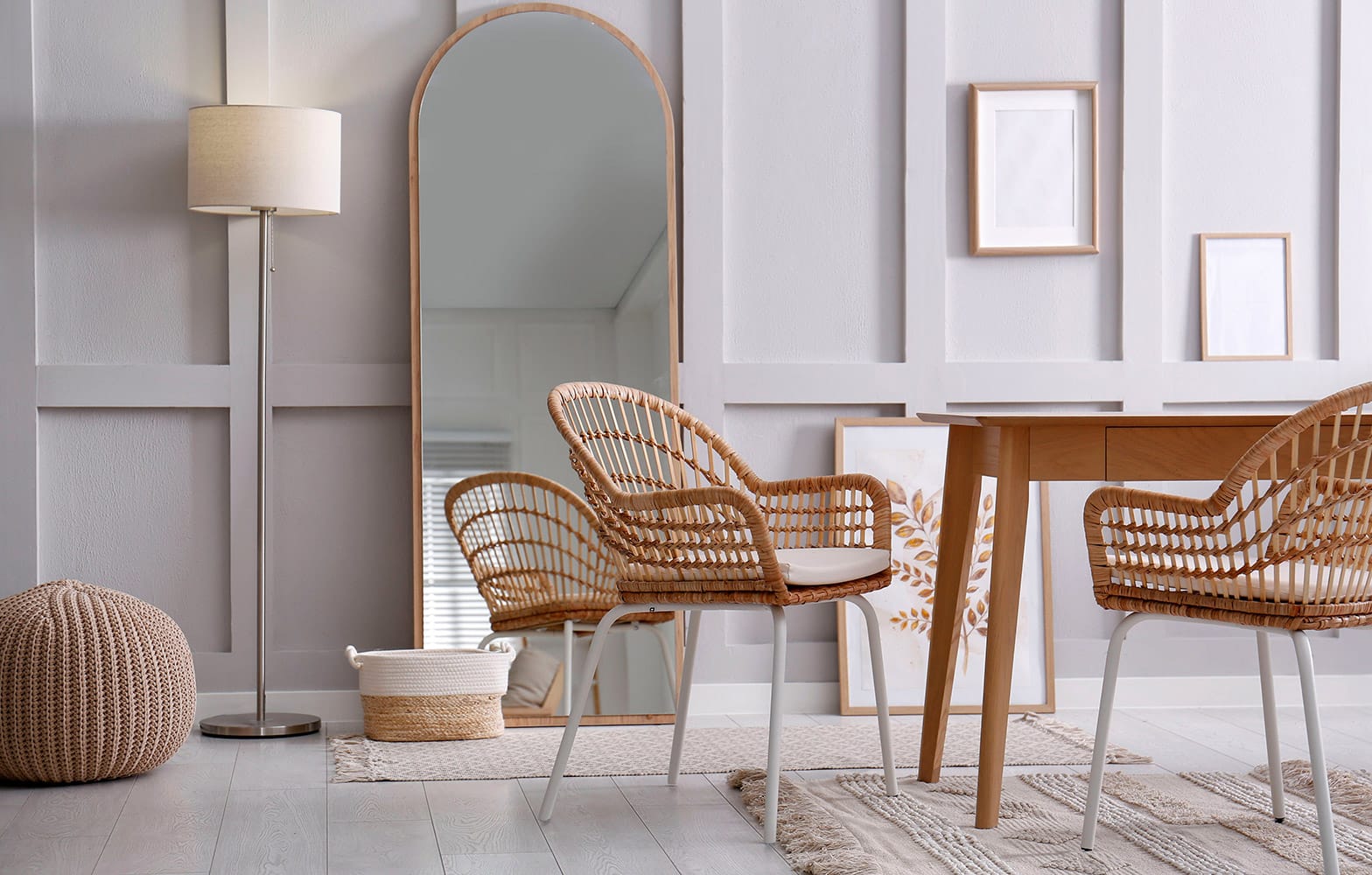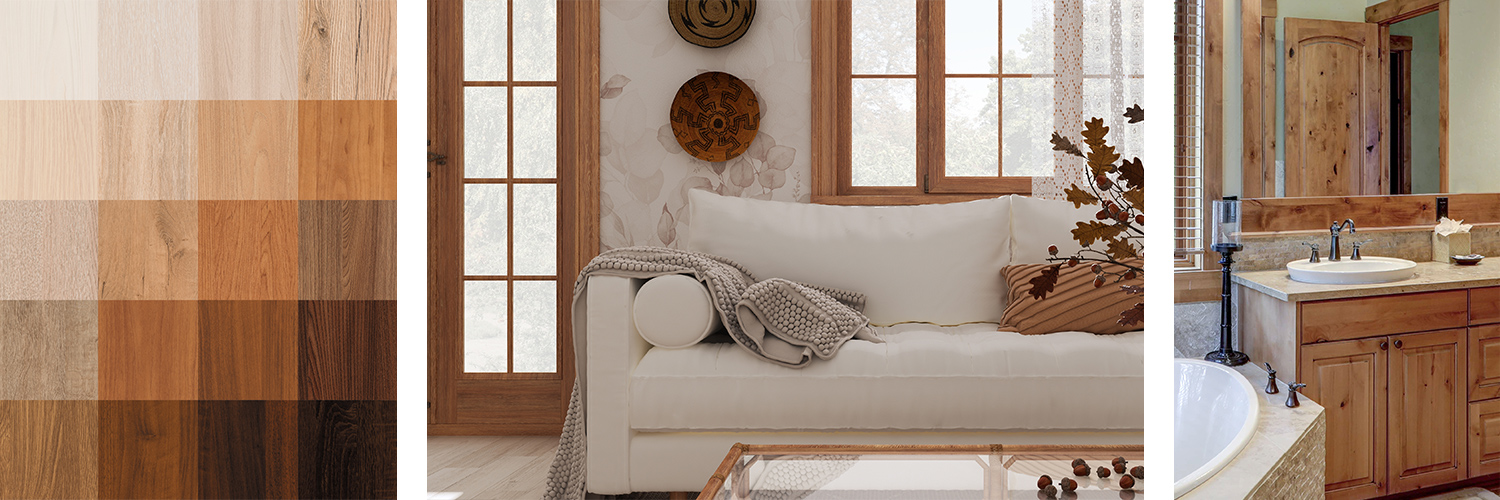
You’re renovating your property and need to choose the right mouldings. How do you find your way through the imposing inventory on offer? How do you select the right moulding, in the right width, and in perfect harmony with the style of your decor?
This helpful guide has been designed to help you make the right choice from among the best-selling mouldings.

The different moulding types
To help you understand the different types of mouldings, we’ve divided them into two categories:
1. Utility mouldings are used to conceal building materials or to create an aesthetic joint between two types of material. From bottom to top:
- Carpet moulding is used to make a transition between carpet and other floor coverings. It is available in 1 1⁄8 and 1 5⁄8 sizes.
- Baseboard is installed at the bottom of the wall to conceal the gap between the floor and the wall. Heights range from 1⁄8 to 7 3⁄8, the most common being 4 1⁄4 and 5 1⁄4.
- The quarter round, which is optional, is installed at the foot of the baseboard and plays the same role. It is available in 1⁄2 and 3⁄4 sizes.
- Casing is installed around doors and windows to conceal the framing boards. Widths range from 2 1⁄8 to 5 1⁄2.
- T-moulding is used to join two different materials laid side by side. It is manufactured in 1⁄2 and 1 5⁄8.
- Ogee or crown moulding is installed between the wall and ceiling. Although optional when these are composed of drywall, it provides a beautiful finish even if the joints are imperfect. Available widths range from 1 1⁄2 to 5 3⁄4.
2. Decorative mouldings come in a variety of shapes and thicknesses to enhance your decor with a finishing touch. Straight lines and square shapes create a Zen style, while more elaborate mouldings with colonial-style curves evoke the charms of the past century.
Among the best-known decorative mouldings are chair rails installed horizontally on the lower third of the wall, along with cornices frequently perched atop kitchen cabinets.
Read our article on the uses of mouldings
Available materials
As the warmth of wood is particularly appreciated in decor, we offer a wide choice of wood species for your mouldings: cherry, red oak, maple, yellow birch, poplar and knotty pine in some cases. See our website for details.
For tighter budgets, see our inventory of MDF and finger-jointed pine mouldings.
Custom-made mouldings
Can’t find the moulding profile or size that’s right for you? At Boiseries Algonquin, we can mill your mouldings in our workshop, up to 16 feet in length.

Pro tips
It’s easier to stain your mouldings before installation. To find out more about using finishing products the right way, check out our blog Interior wood stain application techniques on our website.
For MDF and finger-jointed pine mouldings, we recommend a high-gloss paint finish, which will not only enhance the appearance of your mouldings, but also make them easier to clean.
Finally, to make sure you select the casing that goes perfectly with the type of baseboard you’ve chosen, check out our Perfect Sets category.
Visit our online storeContact us for personalized advice or drop by our showroom.
